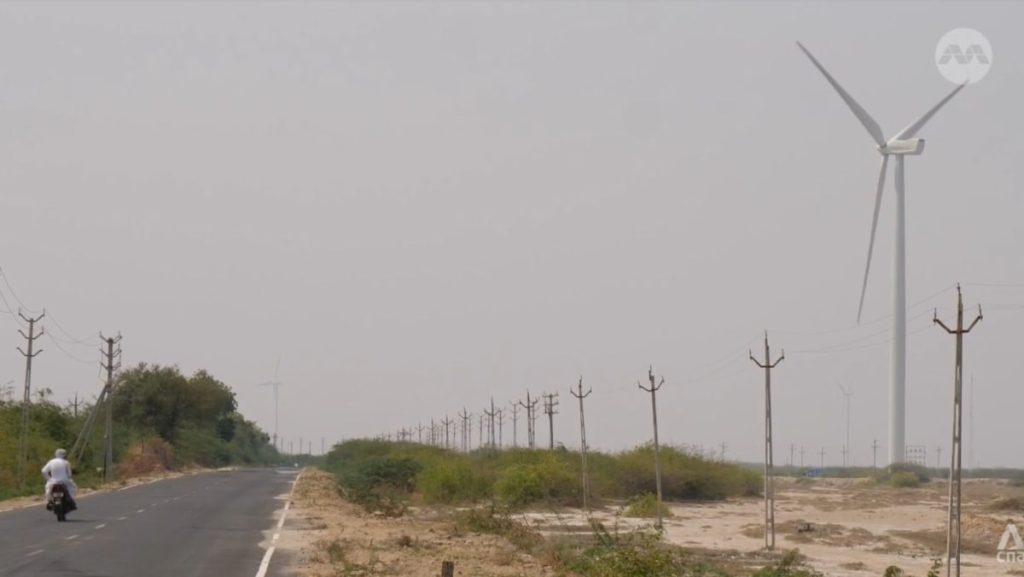Modhera, a village in Gujarat, is set to become India’s first solar-powered village, in line with the government’s plan to generate half of the country’s electricity from renewable sources by 2030. The village was chosen partly because it is home to a historic Hindu sun temple dating back to the 11th century. Prime Minister Narendra Modi has also pledged to cut emissions to “net zero” by 2070, with a goal of making India “energy independent” in the coming decades.
Despite doubling its green energy capacity to 188 gigawatts from just over 80 a decade ago, India is still short of its 2030 target of 500 gigawatts. The country’s trade deficit has been expanding due to costly fossil fuel imports, making the development of renewable energy sources even more crucial. However, analysts point out that a lack of investment is slowing down progress in the renewable energy sector. The cost of capital needs to be addressed to attract more investors into the sector and meet the country’s energy targets.
India is estimated to require almost US$300 billion in financing to meet its capacity targets by 2030, with an additional US$100 billion needed if the country were to align with a net-zero pathway proposed by the International Energy Agency. To make the renewable energy sector more attractive for investors, the government needs to provide capital push through loans and lower interest rates from banks, as well as investing in infrastructure and transportation to support the growth of renewable energy capacity.
Shailendra Singh Rao, founder and managing director of climate change mitigation and business service provider Creduce, emphasized the need for government support in terms of capital addition, loans, and infrastructure development to achieve India’s renewable energy goals. The government’s intention is clear, aiming for India to become a global powerhouse in energy transition and renewable energy. Despite being less than halfway to its 2030 target, India has made significant progress in scaling up energy generation from renewable sources, but more investment and support are needed to accelerate growth in the sector.
As Prime Minister Modi seeks a rare third term in power, renewable energy remains a key focus of his election campaign promises. With the goal of making India “energy independent” and cutting emissions to “net zero”, the government is working towards positioning the country as a leader in renewable energy transition. Analysts believe that with proper investment and support, India’s goal of achieving 500 gigawatts of renewable energy capacity by 2030 is achievable. The government’s commitment and clear intention to drive the growth of renewable energy sources in the country are perceived as crucial steps towards a sustainable and eco-friendly energy future for India.


